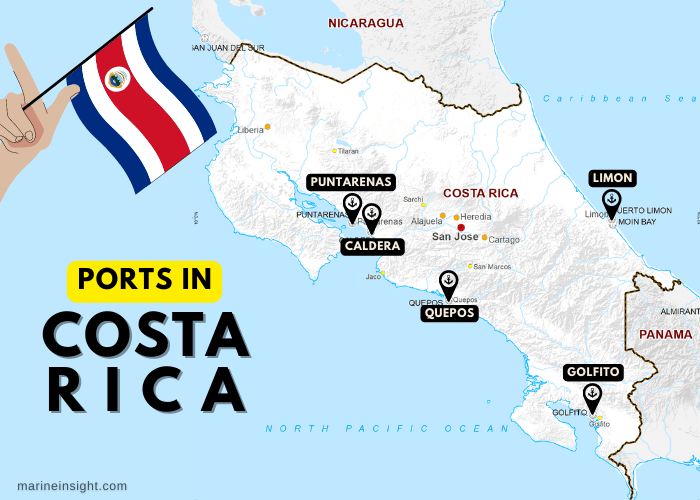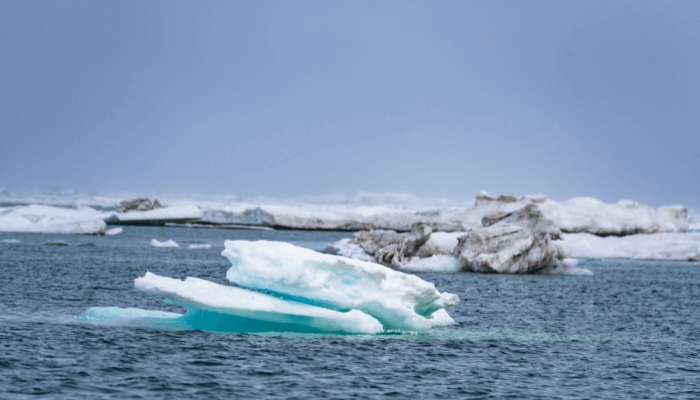7 Major Ports in Costa Rica
The small Central American country of Costa Rica is surrounded by the Caribbean sea on its eastern side and the Pacific Ocean on its western border. It has a tropical climate and was known for its banana plantations during the colonial era. While the country is still known for its agro-based products, it has diversified its economy.
Today, it has a stable financial sector, manufacturing and pharmaceutical industries. It is a developing country with appreciable levels of human development when compared with other Latin American nations. Costa Rica also boasts an educated and highly-skilled labour force leading to the growth of its services sector.
Tourism also contributes immensely to the nation’s GDP as the government operates many cruise ports and marinas. Costa Rica is self-sufficient in terms of food requirements and imports refined petroleum, medical instruments, vehicles and heavy machinery from the United States, China, Japan and Mexico.
Given its strategic location, it has a strong commercial shipping sector. Let us explore the 7 major ports of Costa Rica and their remarkable features.
1. Port of Caldera
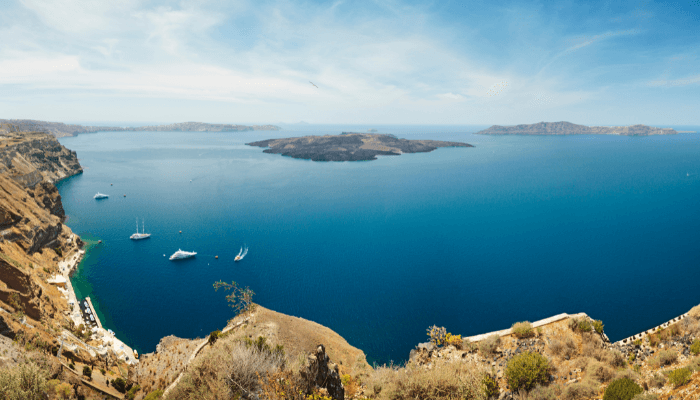
Caldera Port is situated in the Gulf of Nicoya on the Pacific Coast and is the premier port of the country, handling more than half of its international maritime trade. Lying in the Puntarenas province, the port city is a small town close to many tourist attractions in the Nicoya peninsula. The port incorporates an industrial complex for accommodating cargo ships and cruise liners.
It is just two hours drive from the capital city of San Jose and is connected to the interiors through the national railway line, transporting seafood, especially tuna, fruits, general consumer goods, iron and vehicles throughout the country. It mainly serves Puntarenas, Carthage, Heredia, Alajuela, San Jose and has trade links with the United States, African and Asian countries.
It is also a major container port and has facilities for dealing with shipments of conventional cargo, RORO and solid bulk. More than 200 ships carrying 2,180,630 tonnes of cargo visit the port annually.
Port History
Costa Rica was founded by Christopher Colombus when he reached its Atlantic Coast in 1502. He called it the Rich Coast as he believed it to be the site of great wealth and riches. Soon after, colonisation began forcing native farmers to leave their lands.
The port of Caldera existed since the late 15th century, however, it was expanded after 1981. In 2002, modernization efforts began at the harbour, ultimately transforming Caldera into the main entry and exit point of goods in Costa Rica.
Port Information
Caldera has an expansive anchorage area with sufficient water depths. The entrance channel is approximately 13 metres deep but it requires regular dredging due to the frequent accumulation of sand and mud. It has two breakwaters, each 300 metres long which offer protection from the strong winds and tides coming from the west and the southwest.
The port covers 240,000 square metres of land area and has four wharves with a total quay length of 590 m. Berth 1 is 210 m long and has an 11 m draft for handling bulk containers while Berth 2 is a container berth covering 150 m, capable of accommodating cargo carriers with a draft of 10 m. The third wharf covers 130 m and receives general cargo vessels with a maximum draft of 7.5 m. Bulk grain is loaded on the fourth berth equipped with a grain conveyor belt system.
The storage terminal houses 8 warehouses, 3 open yards for storing empty containers and loose cargo and 2 administrative buildings. The storage yards span 70,000 m2 whereas the warehouses cover 13,000 m2 of ground area.
Cruise Terminal
The Caldera port has a small passenger terminal for receiving cruise ships and passenger vessels. Fully air-conditioned, it contains 3 restrooms, a waiting room, public phones, a help desk and a few local shops. Two ships can be accommodated simultaneously on its 390 m long wharf.
2. Port of Limon

Officially known as the Hernon Garron Salazar Terminal, Puerto Limon lies on the northeast Atlantic coast of Costa Rica and is the largest port in the country. It is strategically positioned near the Panama Canal, the Gulf of Mexico and the southern coast of the US.
A Free Trade Zone is adjacent to the port along with facilities offering minor ship repair and maintenance, bunkering and freshwater services. The port handles container ships, general cargo vessels and also cruise ships. It has RORO facilities but still relies on slings and pallets for loading and unloading cargo. Vessels with an LOA of 300 m, a 40 m beam and a maximum weight of 30,000 DWT can be docked at the harbour.
Major exports comprise Bananas, oranges and other citrus fruits, vegetables, coffee and textiles. It imports iron, cardboard, fertilisers, chemical products, fuels and petroleum. Limon port handles around 2,490 vessels, 9,930,000 tonnes of cargo, 840,000 TEU and 200,000 passengers annually.
The port was opened in 1852 during the Presidentship of Juan R. Mora Porras. However, it was connected to San Jose and other parts of the country by 1898, with the establishment of the Atlantic railway line.
The Costa Rican oil refinery operated a wharf for importing crude oil and petroleum in 1981, which was later converted to a multipurpose berth. The container terminal opened the same year, covering 8 hectares of land area, comprising a 450 m long pier. It was enlarged in 2002 by six hectares for storing empty containers. A cruise terminal was opened to handle the influx of international travellers visiting the country for its rich heritage and natural scenic beauty. The port has a storage area covering 4 hectares with a storage capacity of 2000 TEUs and 120 reefer connections for handling refrigerated cargo.
3. Port of Moin
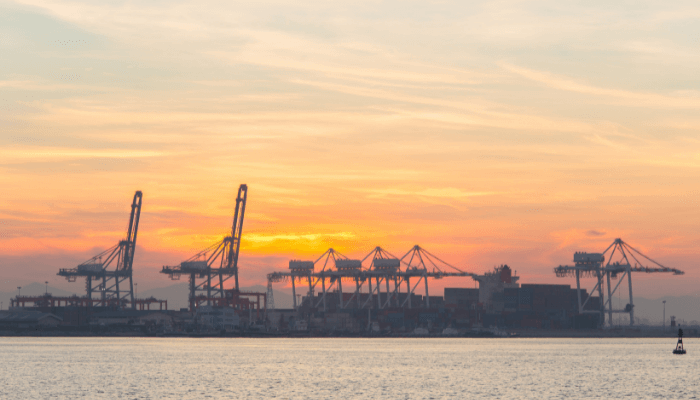
A subsidiary facility of Limon port, the Moin harbour lies on an artificial island off the Atlantic coast of Costa Rica. It has a container terminal, an oil refinery and a tanker jetty. It was refurbished in 2018 with the coming of Mediterranean Shipping Company, a transportation and logistics services provider. The Company opened new shipping routes between Costa Rica and North Europe by establishing a direct call from the Moin port terminal. This allowed the port to handle increased volumes of cargo and bigger container ships in the past two years.
Operated by APM Terminals, the port allows the transportation of goods on transatlantic trade routes going to the European and Southeast Asian markets by eliminating the need for transhipment.
The 1 billion US dollar port project covers 40 hectares of land area. It has a 650 m long wharf and a container storage yard with a capacity for 26,000 TEUs and 3800 reefer connections since the country is the world’s biggest exporter of pineapples and third largest distributor of bananas.
Container terminal
The Moín Container Terminal was opened in February 2019 and is one of the most modern facilities in the Latin American region. The terminal has an annual handling capacity of 1.2 million TEUs and covers about 38 hectares. It has an 18 m deep access channel and a 450 m long berth with a 15 m draft. It is equipped with 28 rubber-tired gantry cranes, 6 super-post Panamax gantry cranes, 4 grabs and 13 port trucks.
Presently, it can accommodate 8500 TEU container ships however after the completion of the second phase, it would handle the largest New Panamax ships with a 13,000 TEU carrying capacity. The terminal would be expanded by 40 hectares for handling an additional 1.5 million TEUs. The authorities also plan to develop it as an important logistics hub that could lead to regional socio-economic growth by birthing many employment opportunities.
4. Port of Puntarenas
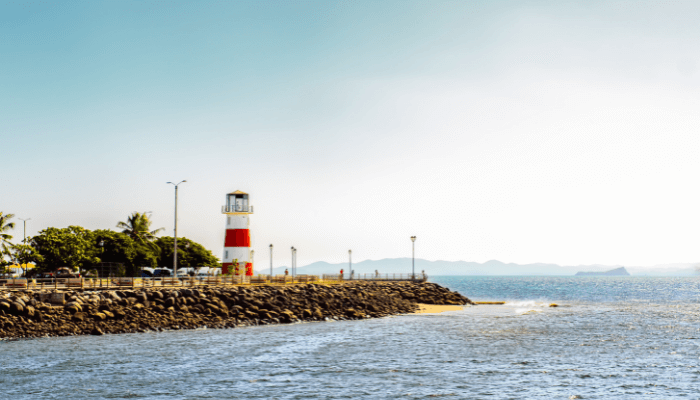
The beautiful cruise port of Puntarenas receives passenger ships and offers exciting shore excursions. It is located close to the Caldera port and includes a 560 m long pier with a depth of 12.5 m. A small terminal equipped with basic amenities, it is close to the city centre. The port town is an important commercial hub but is gradually becoming a popular tourist destination known for its beaches, national parks and natural islands offering a perfect weekend getaway.
Just outside the cruise port is a crafts market adorned with the country’s famous coconut crafts, freshly ground coffee and wooden flutes made by local artists. On the right side is the black beach lined with wooden huts and restaurants offering traditional delicacies like tortillas, corn pancakes, black beans and pork belly.
The port city houses many ecological sites such as the Monteverde Cloud Forest, the Poas Volcano National Park and the La Luisa coffee plantation. Tourists can sail to the island of Isla San Lucas, a prison turned biosphere reserve famous for friendly dolphins. One can also opt for zip lining, hiking, snorkelling, cliff diving, trekking and scuba diving.
5. Port of Quepos
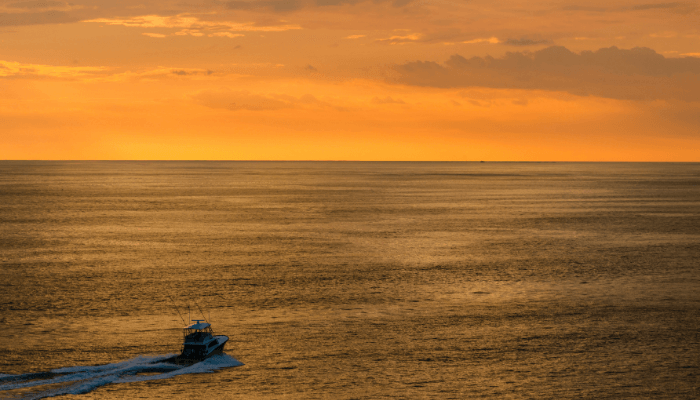
The well-sheltered Quepos port lies on the Pacific Coast of Costa Rica. It was developed as a cruise port for promoting tourism in the western part of the country and incorporates facilities for exporting bananas and seafood. Named after the native Quepoa Indians, the port city is known for its nightlife, restaurants and cafes.
Palm tree plantations are a common sight in the city’s downtown area. Palm oil processing plants and local industries are concentrated in the main town lined with local bazaars selling stone-bead jewellery, handcrafted pottery and much more. Just a few kilometres south of the port is the Manuel Antonio National Park known for its serene beaches, rainforests and hiking excursions. One can expect to spot the rare three-toed sloth and numerous species of monkeys, birds and wild plants.
Quepos Port is an ideal place for sport fishing. Tourists can hire fishing boats and catch marlin, sailfish and tuna. A few miles from the port is the Playa Espadilla beach which is great for swimming, sunbathing or just relaxing.
6. Port of Golfito
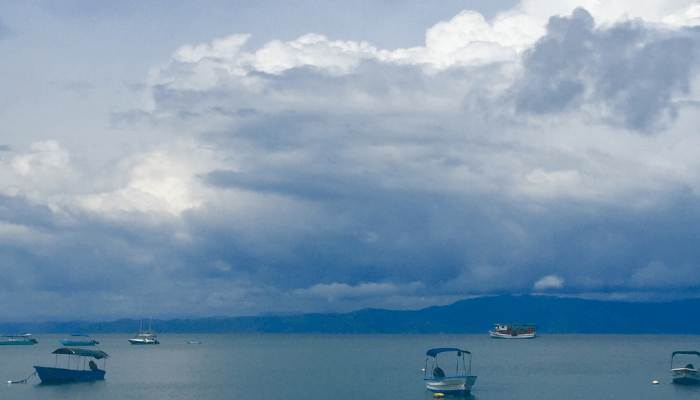
Golfito lies on the eastern coast of Golfo Dulce on the Pacific Coast, just 5 hour drive from the Juan Santamaria Airport. It is a small facility having a single pier divided into two 13 m deep berths for accommodating small ships and barges carrying woodchips. Vessels with a 195 m LOA and a 30 m beam can be easily accommodated.
It was constructed in 1939 by Costa Rica’s Banana Company which used it to ship its products to all the North American countries. A famous pleasure port, Golfito is renowned for its clean beaches, especially the Pavones beach which is perfect for surfing.
7. Terminal Punta Morales
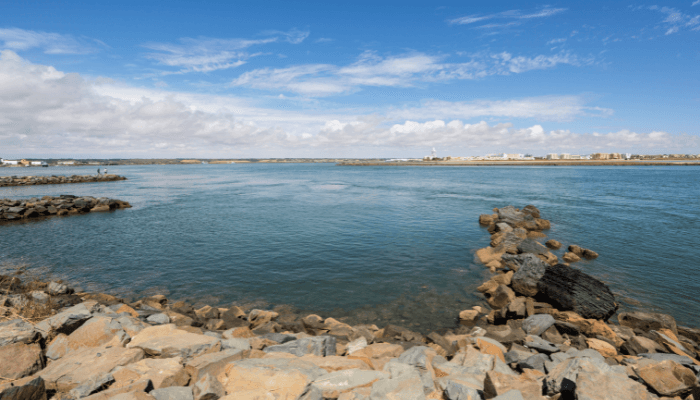
This port terminal is situated on the southern end of Golfo de Morales, in the Chomes county, just 9 nautical miles from the cruise port of Puntarenas. The port is visited by more than 200 ships carrying 100,000 tonnes of cargo annually. A small port, it consists of a T-head jetty, a loading platform and 2 fender dolphins covering 71 m. It has a 160 m mooring dolphin and additional mooring buoys lying 300 m away from the jetty. It exports raw sugar, molasses and imports fuel and alcohol.
You might also like to read:
- 6 Major Ports in South America
- 10 Major Ports in Mexico
- 10 Largest Cruise Ports in the World
- 5 Major Ports in Portugal
- 8 Major Ports in Australia
Disclaimer: The authors’ views expressed in this article do not necessarily reflect the views of Marine Insight. Data and charts, if used, in the article have been sourced from available information and have not been authenticated by any statutory authority. The author and Marine Insight do not claim it to be accurate nor accept any responsibility for the same. The views constitute only the opinions and do not constitute any guidelines or recommendation on any course of action to be followed by the reader.
The article or images cannot be reproduced, copied, shared or used in any form without the permission of the author and Marine Insight.
Do you have info to share with us ? Suggest a correction
Latest Maritime Knowledge Articles You Would Like:
Subscribe To Our Newsletters
By subscribing, you agree to our Privacy Policy and may receive occasional deal communications; you can unsubscribe anytime.



